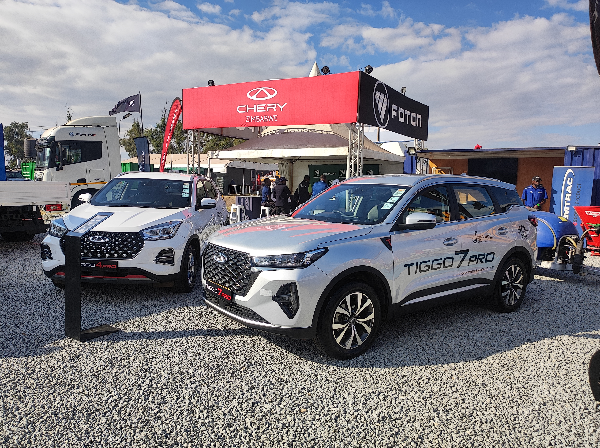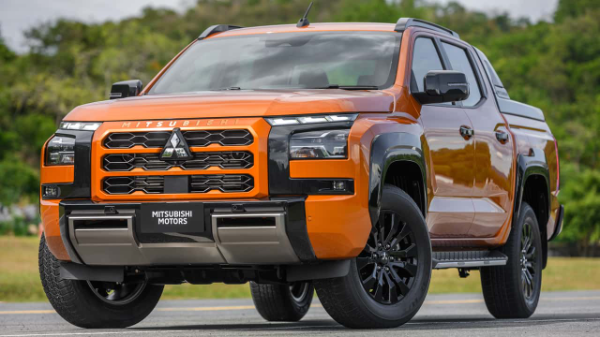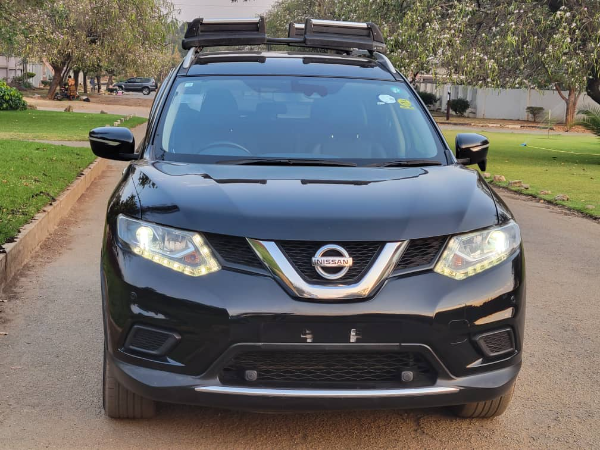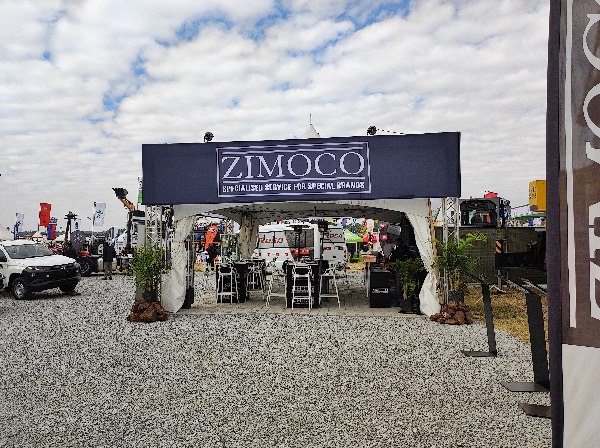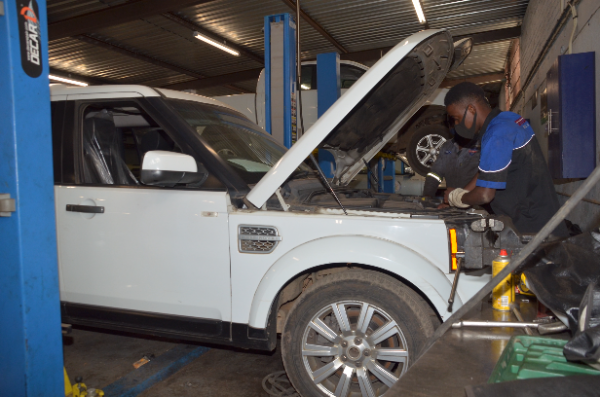Obstacles to Electric Mobility in Africa
On the African continent, there are still a number of roadblocks that prevent the widespread use of electric vehicles.
It is well known that sales of electric cars (EVs) have increased in recent years across the board. Despite the pandemic's impact on the global car industry, sales of electric vehicles more than doubled in 2021, with 6.6 million units sold (representing 9 percent of the market).
Take a look at these numbers demonstrating a rise in the worldwide sale of electric vehicles:
• More EVs were sold in China in 2021 than in the rest of the world combined.
• With the European car industry still recuperating from the epidemic, sales declined by 25% from 2019 to 2021, however EV sales grew by about 70% that year (to 2.3 million vehicles sold).
• Sales of electric vehicles in the United States more than doubled to over 500,000 in 2021, increasing their market share to 4.5%.
Africa provides a very different reality. Although there isn't a lot of data to look at, the situation may be looking up for the sales of electric vehicles. Approximately one percent of the 12 million cars sold in South Africa in 2015 were EVs, according to official data. Drivetorque reports that there are fewer than 50 all-electric cars in Zimbabwe.
Problems with EVs in Africa also include:
Policymaking by the African States
Africa lags behind other regions, like Europe, Asia, and the United States in the adoption of electric vehicles in part because governments there do not require automakers to implement greener technologies. For instance, unlike other countries, Cape Verde has taken measures to gradually phase out the sale of vehicles powered by internal combustion engines.
Everything from roads to power to infrastructure for charging electric vehicles is in disrepair.
Poor electricity infrastructures, deteriorating roads, and a dearth of publicly available charging stations are all still concerns for the African continent. It's easy to see why this would reduce interest in EVs among consumers.
Classic cars with imported internal combustion engines (ICE)
Large numbers of second-hand internal combustion engine (ICE) vehicles are brought into Africa daily. However, this increases the already substantial cost differential between internal combustion engine (ICE) vehicles and electric vehicles (EVs), making widespread adoption of EVs even more challenging.
Debt and a lack of funds
It doesn't matter how much the price of electric cars has dropped; most Africans still can't afford to buy one. Considering that the average annual salary for a Nigerian is 71,185 naira, or $170 (according to Nigerian and international recruitment agencies), and the average transaction price for an electric vehicle is $65,291, it is reasonable to infer that the vast majority of Africans do not consider purchasing one.
Despite these challenges and against the overall trend of the African continent, some nations, such as Egypt, are devoted to expanding electric mobility and have plans to begin domestically producing 20,000 vehicles in 2023 to speed up EV adoption on the continent.
The United Nations Environment Program also notes that at least 50 companies in Kenya are developing two- and three-wheeled electric vehicles, which would bring cheap, eco-friendly transportation to Africa's perilous roads. Kenya proposes to lower import levies on EVs and increase their share of the auto market to 5% of total imports by 2025. In addition, the governments of Ghana, Rwanda, the Seychelles, and Mauritius have all cut or eliminated their respective import tariffs.
It is well known that sales of electric cars (EVs) have increased in recent years across the board. Despite the pandemic's impact on the global car industry, sales of electric vehicles more than doubled in 2021, with 6.6 million units sold (representing 9 percent of the market).
Take a look at these numbers demonstrating a rise in the worldwide sale of electric vehicles:
• More EVs were sold in China in 2021 than in the rest of the world combined.
• With the European car industry still recuperating from the epidemic, sales declined by 25% from 2019 to 2021, however EV sales grew by about 70% that year (to 2.3 million vehicles sold).
• Sales of electric vehicles in the United States more than doubled to over 500,000 in 2021, increasing their market share to 4.5%.
Africa provides a very different reality. Although there isn't a lot of data to look at, the situation may be looking up for the sales of electric vehicles. Approximately one percent of the 12 million cars sold in South Africa in 2015 were EVs, according to official data. Drivetorque reports that there are fewer than 50 all-electric cars in Zimbabwe.
Problems with EVs in Africa also include:
Policymaking by the African States
Africa lags behind other regions, like Europe, Asia, and the United States in the adoption of electric vehicles in part because governments there do not require automakers to implement greener technologies. For instance, unlike other countries, Cape Verde has taken measures to gradually phase out the sale of vehicles powered by internal combustion engines.
Everything from roads to power to infrastructure for charging electric vehicles is in disrepair.
Poor electricity infrastructures, deteriorating roads, and a dearth of publicly available charging stations are all still concerns for the African continent. It's easy to see why this would reduce interest in EVs among consumers.
Classic cars with imported internal combustion engines (ICE)
Large numbers of second-hand internal combustion engine (ICE) vehicles are brought into Africa daily. However, this increases the already substantial cost differential between internal combustion engine (ICE) vehicles and electric vehicles (EVs), making widespread adoption of EVs even more challenging.
Debt and a lack of funds
It doesn't matter how much the price of electric cars has dropped; most Africans still can't afford to buy one. Considering that the average annual salary for a Nigerian is 71,185 naira, or $170 (according to Nigerian and international recruitment agencies), and the average transaction price for an electric vehicle is $65,291, it is reasonable to infer that the vast majority of Africans do not consider purchasing one.
Despite these challenges and against the overall trend of the African continent, some nations, such as Egypt, are devoted to expanding electric mobility and have plans to begin domestically producing 20,000 vehicles in 2023 to speed up EV adoption on the continent.
The United Nations Environment Program also notes that at least 50 companies in Kenya are developing two- and three-wheeled electric vehicles, which would bring cheap, eco-friendly transportation to Africa's perilous roads. Kenya proposes to lower import levies on EVs and increase their share of the auto market to 5% of total imports by 2025. In addition, the governments of Ghana, Rwanda, the Seychelles, and Mauritius have all cut or eliminated their respective import tariffs.




